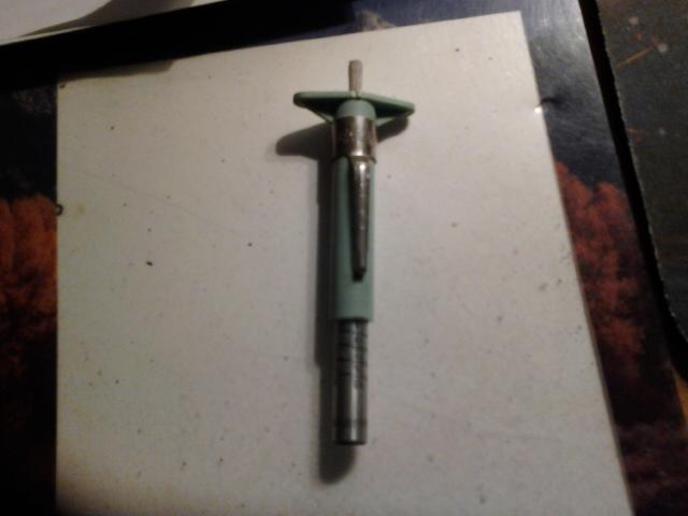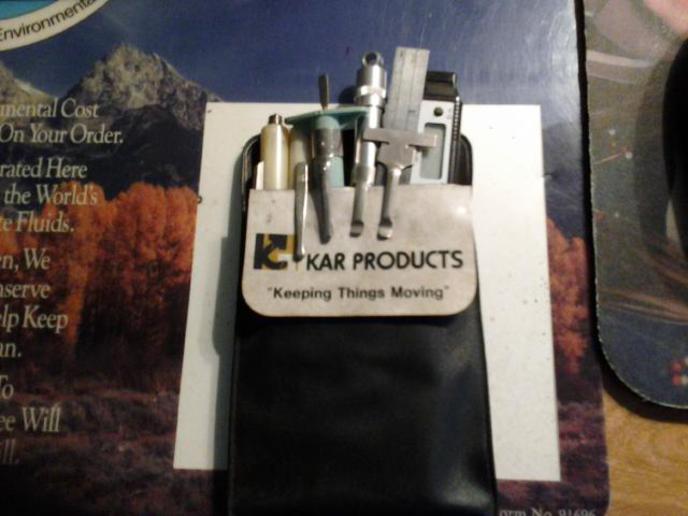Okay, lets see where this takes us, any "real" tires experts out there????? This may get as many "opinions" as an electrical or legal question lol
Sooooo my RV has 225 75 R 16 10 Ply Load Range E Tires. The sidewalls are labeled MAX LOAD AT 80 PSI COLD
AND BY GOLLY I CARRY 80 PSI COLD AND WILL CONTINUE TO DO SO REGARDLESS even if my weight/load is wayyyyyyy less (but especially if more) then the vehicle nameplate or the tires can carry.
Butttttttttt some "dudes" claim they only run say 65 to 70 PSI either because it rides softer orrrrrrrrrrrr the vehicle nameplate says so, but that, of course, also lists an exact max load for that vehicle.
My theory is its best to err on the side of higher tire PSI (the 80 PSI cold as labeled) then the lower limit (say 65) as a squatting down tire (cuz of lower pressure) will run much hotter and the sidewalls will be flexing a lot more EVEN THOUGH YES LESS PSI MAY RIDE SOFTER
SOOOOOOOO I say its safer and you cant go wrong (even if harder ride) to run the Max load at X PSI then something less then that, REGARDLESS IF YOURE UNDERLOADED BUT ESPECIALLY IF YOURE OVERLOADED
WHAT SAY YOU???????????????????????
Why even ask if I dont plan to change anyway?? I still like to hear expert opinions I reckon
A stubborn John T
Sooooo my RV has 225 75 R 16 10 Ply Load Range E Tires. The sidewalls are labeled MAX LOAD AT 80 PSI COLD
AND BY GOLLY I CARRY 80 PSI COLD AND WILL CONTINUE TO DO SO REGARDLESS even if my weight/load is wayyyyyyy less (but especially if more) then the vehicle nameplate or the tires can carry.
Butttttttttt some "dudes" claim they only run say 65 to 70 PSI either because it rides softer orrrrrrrrrrrr the vehicle nameplate says so, but that, of course, also lists an exact max load for that vehicle.
My theory is its best to err on the side of higher tire PSI (the 80 PSI cold as labeled) then the lower limit (say 65) as a squatting down tire (cuz of lower pressure) will run much hotter and the sidewalls will be flexing a lot more EVEN THOUGH YES LESS PSI MAY RIDE SOFTER
SOOOOOOOO I say its safer and you cant go wrong (even if harder ride) to run the Max load at X PSI then something less then that, REGARDLESS IF YOURE UNDERLOADED BUT ESPECIALLY IF YOURE OVERLOADED
WHAT SAY YOU???????????????????????
Why even ask if I dont plan to change anyway?? I still like to hear expert opinions I reckon
A stubborn John T



